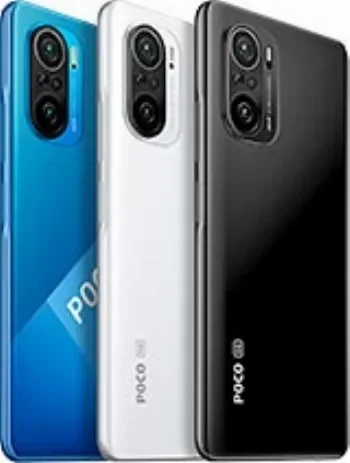Generated Title: Xiaomi's Two-Front War: EVs vs. Refurbished Phones – Can They Win Both?
Xiaomi's Risky Expansion
Xiaomi's got a classic two-front war brewing. On one side, they're gunning for Tesla's lunch in the EV market with the SU7 and YU7. On the other, they're quietly dominating the European refurbished phone market, particularly with their Redmi Note line. Ambitious? Absolutely. Sustainable? That's the question.
Let's start with the EVs. Lei Jun, Xiaomi's CEO, just upped the 2025 delivery target from 350,000 to 400,000 vehicles. That's a 14% increase (rounding up). And they're touting safety as a “foundation and a priority.” Necessary PR, considering the two fatal accidents involving the SU7. One in March, with the self-driving system engaged, and another just last month where a suspected drunk driver couldn't be extracted from a burning SU7. Chen Jinzhu, CEO of Shanghai Mingliang Auto Service, hit the nail on the head: "A carmaker cannot just rely on stylish design and hi-tech to promote sales. It has to also convince consumers about the cars’ safety.”
Xiaomi's EV sales numbers are impressive. They sold 108,796 cars in Q3, a 173% jump year-over-year. But let's put that in context. Tesla's market share in China has been eroding, falling from 16% in 2020 to below 5% this year. So, Xiaomi's gains are partly fueled by Tesla's stumbles. Can they maintain that momentum, especially with safety concerns looming? It remains to be seen if the new Xiaomi 15 will be able to implement better security features in their cars.
Refurbished Phones: A Safer Bet?
Now, let's pivot to the less flashy, but arguably more stable, refurbished phone market. Xiaomi’s mid-range phones, particularly the Redmi Note series, are flying off the virtual shelves in Europe. The Redmi Note 13 Pro, for example, consistently sells for around $200-$220. It’s not cutting-edge, but it’s reliable. The Best Refurbished Xiaomi Picks for 2025
Why are Xiaomi phones so popular in the refurbished market? Simple: strong battery life, reliable hardware, and brand recognition. Plus, Xiaomi releases new models frequently enough to keep interest high, but not so frequently that older models become worthless. It's a sweet spot. The Redmi Note 14 Pro, with its Dimensity 7300 Ultra chip and 200MP camera, is already gaining traction.

Even the Poco models, like the X6 Pro (ranging from $190-$270), are popular with performance-focused buyers. These offer flagship-level performance at mid-range prices, and traders love them because they move quickly.
Here's a discrepancy I find interesting: Xiaomi's premium phones (like the Xiaomi 14) don't do nearly as well in the refurbished market. They cost more upfront and lose value faster. (This mirrors what we see with other brands too, except for Apple and Samsung). The data suggests that Xiaomi's brand strength lies in its ability to deliver reliable value, not necessarily high-end features.
I've looked at hundreds of these market reports, and Xiaomi's strategy is unusual. Most tech companies focus on either EVs or phones, not both. Is this a diversification play, or are they spreading themselves too thin?
The core question: Can Xiaomi balance these two very different markets? The EV market demands constant innovation and massive capital investment, while the refurbished phone market thrives on reliability and value. It's like trying to win both the Indy 500 and a demolition derby.
Xiaomi: Jack of All Trades, Master of None?
Xiaomi's got ambition in spades, but ambition without focus is just chaos. They're making noise in EVs and quietly cleaning up in refurbished phones. But unless they can address the safety concerns in their cars and maintain their value proposition in phones, they might end up being a jack of all trades, master of none.










